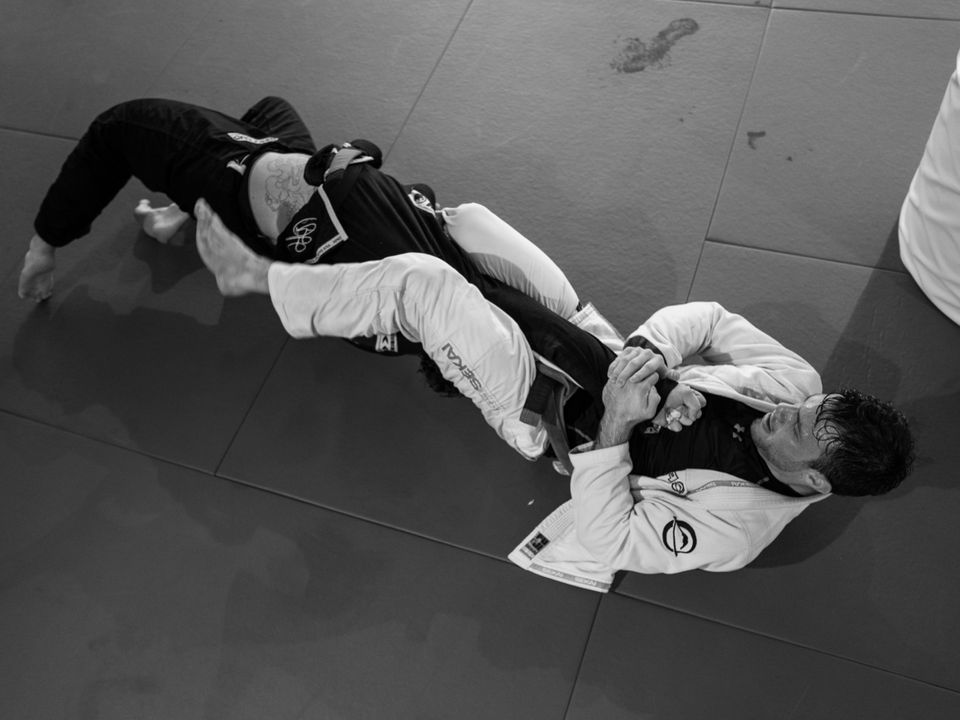Arm Bars in Jiu Jitsu

An arm bar is a submission hold in Brazilian Jiu Jitsu (BJJ) that involves hyper-extending the elbow joint of an opponent. It is one of the highest percentage jiu jitsu techniques used to force an opponent to tap out or submit, and it is one of the first submissions that many BJJ practitioners learn.
To execute an arm bar, the person applying the submission must first secure control of their opponent's arm. This can be done from a variety of positions, including the guard, side control, and mount. Once the arm is controlled, the attacker can then start to bend the elbow joint backwards, applying pressure and torque to the elbow and shoulder.
One key element of a successful arm bar is proper positioning. To generate maximum control, leverage, and pressure to the elbow joint, the attacker should have their hips close to the opponent's armpit, and maintain control of the opponent's wrist, to prevent the opponent from escaping or defending against the submission.
There are many variations of the arm bar, including the traditional arm bar and the straight arm bar. Each variation has its own specific set of techniques and movements, but they all involve controlling the opponent's arm and applying pressure to the elbow joint.
In BJJ competition, arm bars are legal for practitioners of all belt levels, and they are a common sight at both local and international tournaments.
There have been many famous UFC fights that were decided by arm bar including Ronda Rousey vs. Liz Carmouche at UFC 157 - In this historic fight, Ronda Rousey became the first woman to fight in the UFC. Rousey secured an arm bar victory in the first round, cementing her status as one of the top female fighters in the world.
To learn how to do the perfect arm bar, check out this video by John Danaher:
And to improve your armbar, check out these simple armbar tweeks from Chewy:
